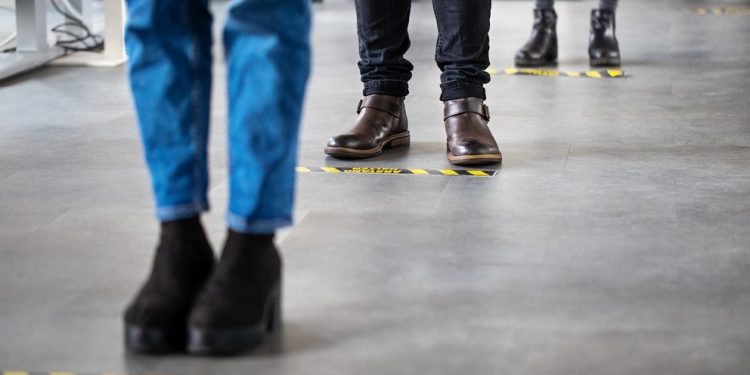More and more Americans are becoming vaccinated against COVID-19, but headlines warn that the number of cases is rising. What’s up with that?
During the past week, the Centers for Disease Control and Prevention reported a 10% increase in the number of cases of COVID-19 from the previous week. About 60,000 people are testing positive for the virus per day, with hospitalizations on the rise, too. In Pennsylvania, cases are up nearly 30% during the same period, according to the state Department of Health.
No one knows why for sure until data can be analyzed, but it’s important to remember that while more people are getting vaccinated, the majority of Americans still are not.
“Only 14% of Americans – and 16% of Pennsylvanians – are fully vaccinated,” said Dr. Emily Link, an internal medicine physician at Penn State Health Cocoa Outpatient Center. “That means most are not vaccinated, so for the majority of Americans, nothing has meaningfully changed.”
Maybe everyone is looking for results that won’t be seen until more people are inoculated, causing the public to get lax a little too soon, she said.
“I think people are tired of isolating, and maybe they are hearing good news about vaccination and they’re starting to loosen up on guidelines before they should,” Link said.
Also troubling is a shift toward younger people with serious complications, said Dr. Fahad Khalid, chief of hospital medicine at Penn State Health Milton S. Hershey Medical Center.
“Over the past two weeks, we’ve seen an increase in people ages 40 through 60 with respiratory failure,” he said. “This is an age group that perhaps isn’t wearing masks or social distancing because the likelihood of developing severe disease is not as high, but it is difficult to tell who will get very sick and who will not.”
As the nation waits for a larger percentage of the population to get vaccinated, it’s important to keep wearing masks and social distance in public, doctors said.
“Breaking the chain of transmission is the best tool for preventing further variants from emerging,” Link said. “If you wait to get vaccinated, you may become an incubator for the virus to replicate and mutate.”
A new form of the virus, referred to as the New York City variant, has become the predominant form in New York and is worrisome for the fast rate at which it seems to be spreading, Khalid said.
“We have the solution – we just have to remain vigilant until we get enough of the population vaccinated,” he said.
In other words, if you’re tired of wearing a mask and staying away from your friends and family, the vaccine represents the best and fastest way to return to pre-COVID life, Link said.
Those who take a “wait-and-see approach” to the vaccine are taking a chance on their life, since even people without underlying conditions can develop critical complications from COVID-19 and die, she said.
“People may say enough isn’t known about the long-term safety of the vaccine, but we also have no idea about the long-term effects of a COVID-19 infection,” she said. “Right now, what we do know is that the safety data surrounding the vaccine is strong, and the risk-benefit balance really favors the vaccine.”
Link said she’s optimistic when she compares where the country was a year ago to where it is today.
“If we get vaccinated, wear masks, stay six feet apart and socialize with our friends outdoors, we’re in a better position to have these numbers be much lower this summer,” she said.
Related content:
- The Medical Minute: How the body responds to the COVID-19 vaccine
- The Medical Minute: Debunking vaccine myths
The Medical Minute is a weekly health news feature produced by Penn State Health. Articles feature the expertise of faculty, physicians and staff, and are designed to offer timely, relevant health information of interest to a broad audience.




